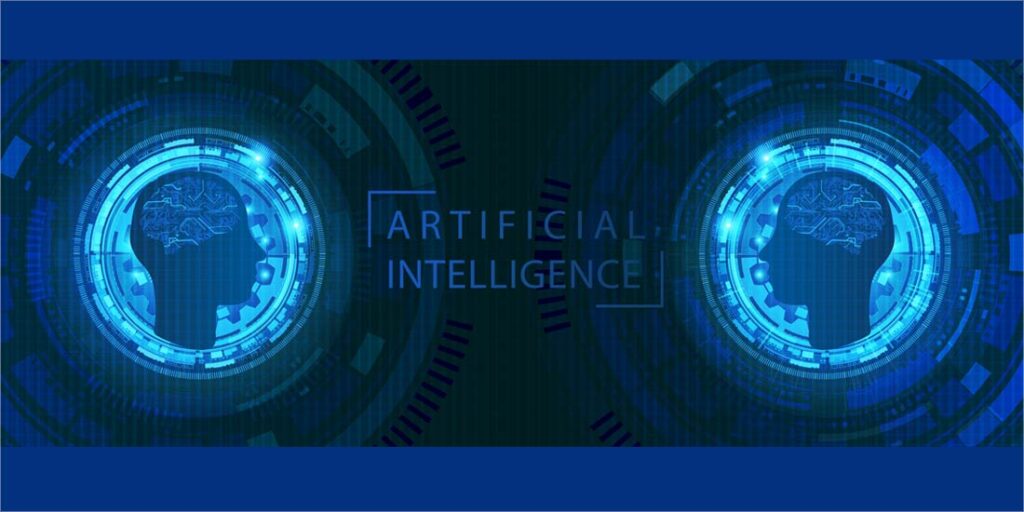Introduction
In today’s rapidly evolving digital landscape, the effectiveness of advertising hinges on the ability to deliver relevant and impactful messages to the right audience at the right time. As the world becomes increasingly data-driven, harnessing the power of artificial intelligence (AI) in digital advertising technology (ad tech) has emerged as a game-changer.
While AI encompasses a vast array of technologies, in this article, I will focus on the transformative capabilities of AI in digital advertising and how it’s revolutionizing the industry by enabling a more data-driven and strategic approach to media buying.
The Rise of Ad-Tech AI
The advent of ad-tech AI has empowered advertisers with a wealth of insights and capabilities that were once unimaginable. With critical tools powered by sophisticated machine learning algorithms, advertisers can analyze more than 13 million advertising impressions every second, gaining actionable insights that inform their campaigns. Gone are the days of relying on hunches and gut feelings; AI helps to provide a solid foundation of data-driven decision-making.
Generative AI Brings in The Creative Juices
Imagine generative AI as a tireless creator. With tools like ChatGPT and DALL-E widely available, advertisers can easily tap into AI technology to generate relevant text, images, and videos for their campaigns. They can leverage these models to automate the creation of ad copy, social media posts, relevant imagery and more. But its use cases are still limited by the need for human involvement. While generative AI can provide thought starters for campaigns, human creatives ensure those campaigns convey the right tone and emotion that will resonate with their audiences.
Analytical Capabilities
One of the primary strengths of ad-tech AI lies in its analytical capabilities. Where front-end generative AI has its limitations in advertising, back-end AI applications are realizing their full potential. These systems excel at processing and making sense of complex data sets, allowing advertisers to extract valuable insights and understand customer behavior at a granular level. By analyzing demographic data, purchase history, online behavior, and other relevant parameters, AI-powered platforms can identify patterns and trends that help advertisers optimize their targeting strategies.
With AI, advertisers can go beyond basic segmentation and create more efficient campaigns to reach the right consumers. By understanding the specific preferences and interests of individual consumers, they can deliver relevant messages that resonate on a deeper level. This level of precision and personalization boosts engagement, increases conversion rates, and enhances the overall consumer experience.
Real-Time Optimization
AI in ad tech also revolutionizes the optimization process by offering real-time insights and performance tracking. Traditionally, advertising methods often relied on post-campaign analysis to evaluate success and make adjustments. However, with AI, advertisers can monitor and optimize their campaigns on the fly.
Using predictive modeling and advanced algorithms, ad-tech AI systems can identify trends and patterns in real-time, enabling advertisers to make data-driven decisions on the spot. This agility allows for continuous campaign improvement, maximizing ROI and minimizing wasted ad spend. Advertisers can swiftly adjust targeting parameters, creative elements, and media placements based on AI-driven recommendations, ensuring their ads consistently reach the right audience with the highest impact.
Strategic Decision-Making
Ad-tech AI empowers advertisers to approach their campaigns strategically. By leveraging the power of AI, advertisers gain access to predictive analytics, forecasting models, and market trend analysis. These tools enable them to make informed decisions about budget allocation, media buying, and creative development.
AI-powered systems can identify opportunities in the market, reveal emerging trends, and suggest optimal strategies based on historical data. Advertisers can make data-driven predictions about campaign performance and optimize their resources accordingly. With the help of AI, advertisers can better navigate the complex advertising landscape, staying ahead of the curve and maximizing their advertising investments.
AI as a Co-Pilot
The relationship between humans and artificial intelligence is not about replacing one with the other but about working together to achieve better results. Humans will continue to lead the strategy and fine tune the goals, while AI will serve as a co-pilot, providing data-driven insights and recommendations to help optimize campaigns and automate tedious tasks. AI streamlines processes, allowing humans to focus on higher-level responsibilities. The partnership between humans and AI ensures a more effective, strategic approach while maintaining the human touch in marketing.
Conclusion
The hype around generative AI has undoubtedly sparked interest and curiosity among everyday consumers, bringing greater awareness to one of the most advanced technologies businesses use today. However, amidst this widespread fascination, it is essential not to overlook the crucial role of back-end AI engines in driving substantial business ROI. In the digital advertising industry, a key focus lies in leveraging the potential of data, AI, and human expertise to drive success. Humans are empowered to make insightful hypotheses and decisions, while AI operates in the background, analyzing vast amounts of data to provide insights and recommendations to help inform those decisions. This blend of human intellect and AI-driven capabilities has demonstrated remarkable effectiveness, resulting in digital advertising campaigns enriched with superior targeting, segmentation, personalization, pricing, and other crucial elements for years.
About the Author

Gruia Pitigoi-Aron is the Senior Vice President of Product for The Trade Desk. In his role, Gruia oversees teams that are responsible for all product management, user experience, and enterprise solutions at TTD. Closely working with all internal Trade Desk business teams, engineering, clients, and partners is a common theme as they aim to ship the right product at the right time with global impact and scale. Gruia received his M.S. in Computer Science from the University of California: Los Angeles, and his bachelor’s degree in Computer Science for the University of California: Berkeley. He is based in the Trade Desk’s offices in San Jose, CA.
Sign up for the free insideBIGDATA newsletter.
Join us on Twitter: https://twitter.com/InsideBigData1
Join us on LinkedIn: https://www.linkedin.com/company/insidebigdata/
Join us on Facebook: https://www.facebook.com/insideBIGDATANOW





Great article! The exploration of AI’s transformative impact on digital advertising is both insightful and forward-thinking. The breakdown of how ad-tech AI enhances various aspects of advertising, from generative creativity to real-time optimization, provides a comprehensive understanding of its game-changing capabilities.